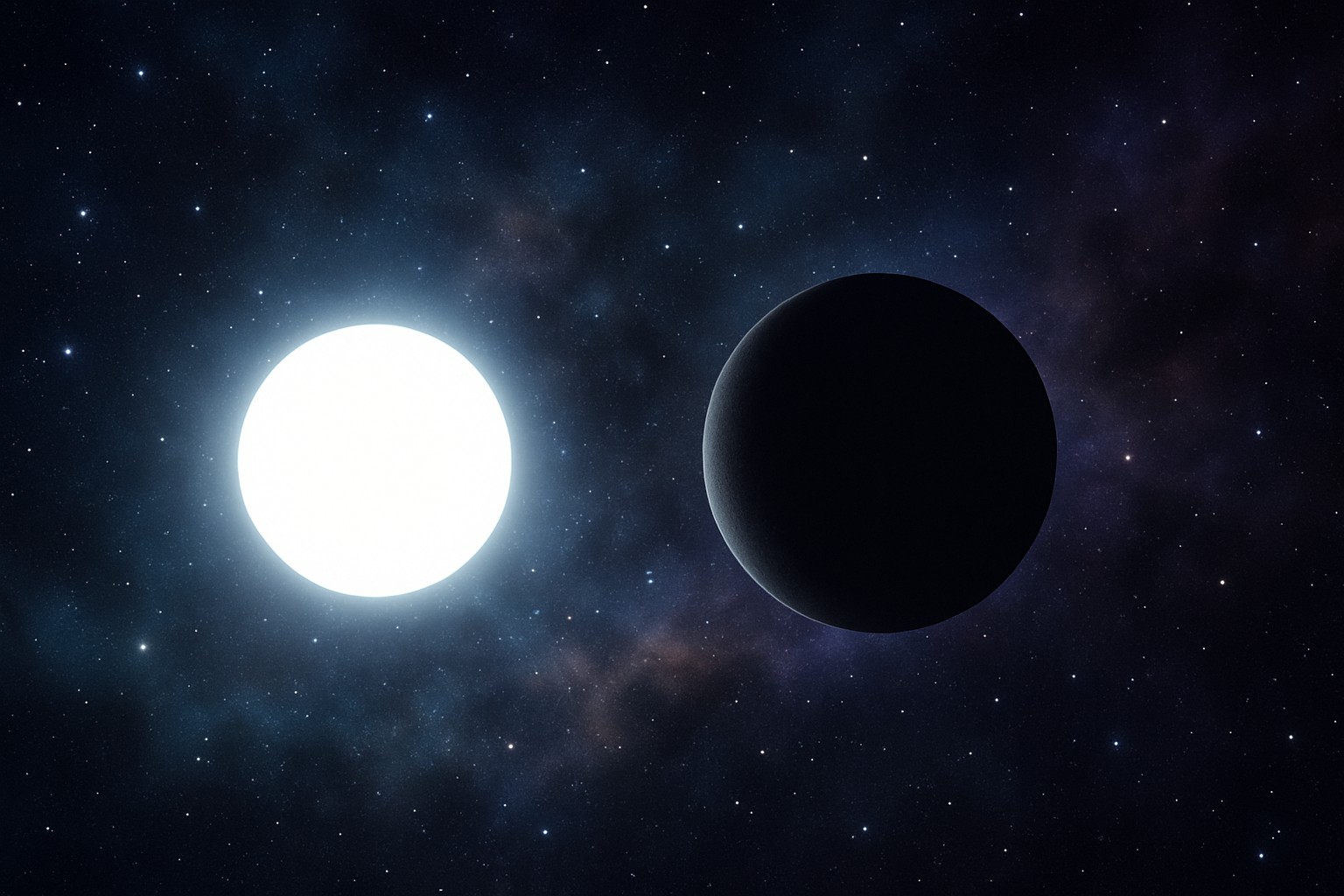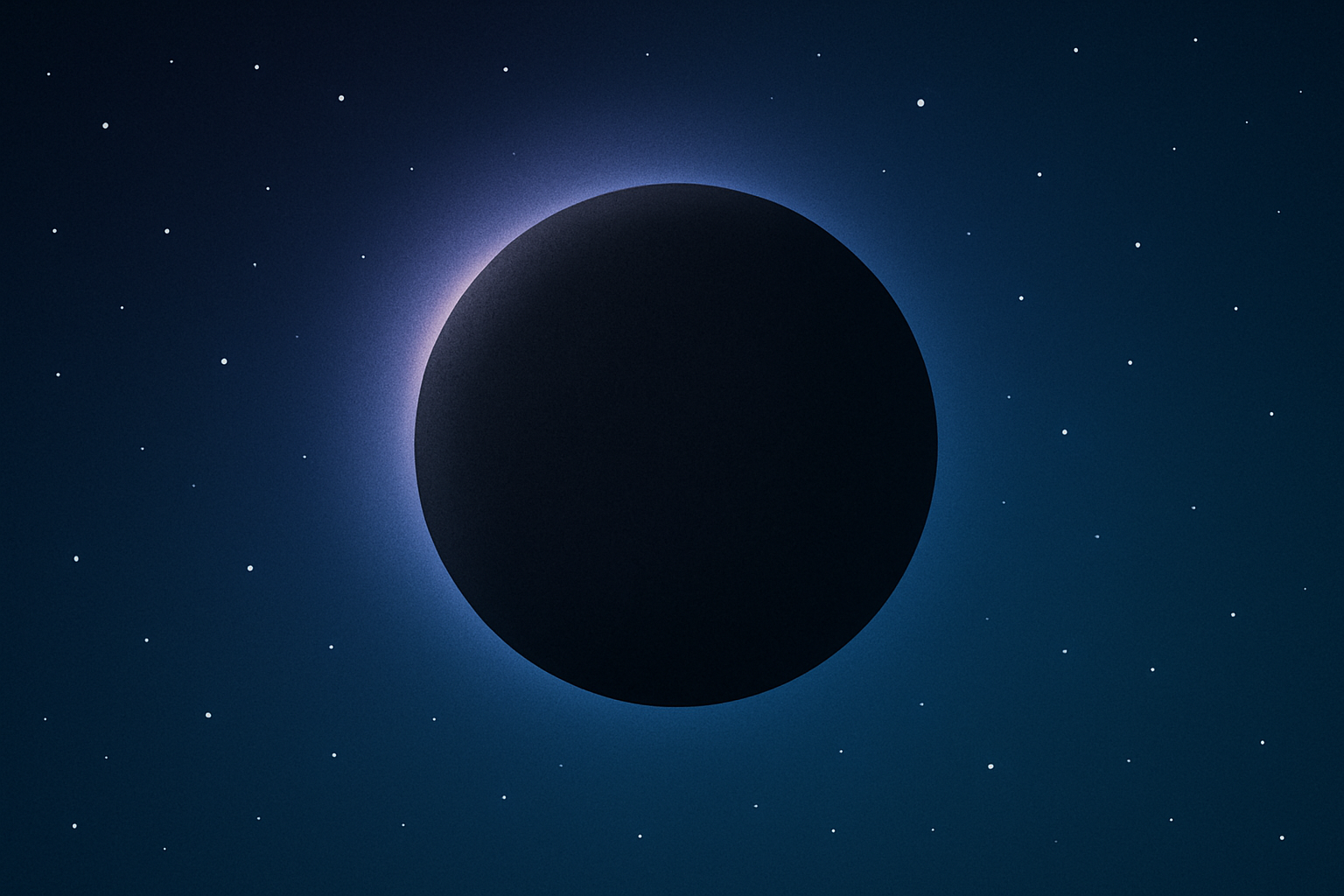
What Makes A Dark Dwarf Different From Other Stars?


Dark dwarfs are a fascinating and rather mysterious theoretical phase in the life cycle of stars that not everyone has heard about. They represent the very last chapter once a star has burned through all its energy and cooled down completely—kind of like a cosmic ember fading into the night.
Getting to Know Stars A Friendly Little Introduction
Before we jump headfirst into the mysterious world of dark dwarfs it is worth taking a moment to understand the rollercoaster life of stars. They kick off their existence in stellar nurseries—cosmic cradles where the magic begins—and then cruise through phases like core fusion and expansion. In the end they shed their youthful glow and collapse into dense leftovers like white dwarfs, neutron stars or black holes.
- Stars start their life story in clouds of gas and dust called nebulae that slowly crumble under the pull of gravity.
- Main sequence stars keep the show going by fusing hydrogen into helium at their cores, producing the steady glow and heat we rely on.
- When they run out of hydrogen fuel, stars puff up and transform into red giants or supergiants.
- Smaller stars take a modest route and shed their outer layers to become white dwarfs while their heftier cousins sometimes evolve into neutron stars.
- The largest stars often meet a dramatic end by collapsing into black holes after spectacular supernova explosions — truly the grand finale of stellar life.
So, what exactly is a Dark Dwarf?
A dark dwarf is a theoretical type of stellar remnant that forms when a white dwarf star has finally cooled down completely after an unimaginably long time—think trillions of years, give or take.
Dark dwarfs have never been spotted in the wild mainly because the universe hasn’t been around long enough for any white dwarfs to fully chill out into this form. Their existence is something astrophysicists piece together from cooling models, what we understand about thermodynamics and the best theories on how stars evolve.

Conceptual image showing the transition of a white dwarf cooling and fading into a dark dwarf over cosmic timescales.
What Makes Dark Dwarfs Stand Out in the Stellar Crowd
Dark dwarfs really stand out from the crowd of stars mainly because of how they generate energy—or rather how they don’t. Their temperature and brightness set them apart too. Unlike usual suspects like main sequence stars or even white dwarfs and neutron stars, these dark dwarfs have stopped producing energy through fusion or residual heat.
| Star Type | Energy Source | Temperature Range | Luminosity | Typical Lifespan |
|---|---|---|---|---|
| Main Sequence | Fusion of hydrogen | Roughly 3,000 up to 40,000 K | Shines bright in visible light | Sticks around for billions of years |
| White Dwarf | Leftover heat from earlier life | Somewhere between 5,000 and 100,000 K | Glows faintly, like a nightlight | Can quietly persist for trillions of years |
| Neutron Star | Energy from fast spin and fading magnetic field | About 600,000 K | Low to moderately bright, depending on mood | Lives from millions to billions of years, not too shabby |
| Black Hole | None (event horizon shuts things down) | Not really applicable | Emits no light, pitch black | Lifespan? Pretty much forever in cosmic time |
| Dark Dwarf | None | Nearly absolute zero, brrr! | No light at all | Could hang around for trillions to quadrillions of years, assuming nothing else comes knocking |
Unlike active or dying stars that shine by fusing elements or just hanging on to some leftover heat, dark dwarfs represent a truly final stage where every bit of energy output has ground to a halt. They have cooled down so drastically that their temperature is practically brushing up against absolute zero, meaning they no longer emit any light at all.
How a Dark Dwarf Comes to Life and Evolves Over Time
A star burns through the hydrogen fuel at its core by way of nuclear fusion—like a cosmic engine revving up.
Once that fuel runs low, the star swells into a red giant as fusion shifts to heavier elements.
Next, the star lets go of its outer layers and often creates a beautiful planetary nebula that’s like a stellar farewell party.
What’s left behind is the core which then collapses into a white dwarf held steady by quirky electron degeneracy pressure.
This white dwarf slowly cools by shedding its residual heat over mind-boggling trillions of years.
It chills nearly to absolute zero becoming a dark dwarf—the cosmic equivalent of a long deep nap.
Cooling white dwarfs slowly shed their heat by radiating energy out into the vastness of space. Since there is no nuclear fusion taking place, the star can’t replenish the energy it loses—kind of like a car running out of gas and coasting to a stop. Over unimaginably long stretches of time its core temperature and brightness gradually decline until it finally fades away. It no longer gives off any detectable electromagnetic radiation and essentially becomes a cold dark remnant.
Imagine a white dwarf as a glowing ember in a campfire. It kicks off all bright and fiery, then slowly cools down and dims until it’s nothing more than cold ash. A dark dwarf is kind of like that final cold ash—no longer visible, quietly fading away without a hint of energy on a dark night.
Why We Still Have not Seen Dark Dwarfs (And Why That is Kinda Intriguing)
Our universe is a mere teenager at about 13.8 billion years old—just not old enough for any white dwarf to have cooled off completely and reached that elusive stage.
Astronomers can spot quite a few white dwarfs faintly twinkling in visible or ultraviolet light often hanging out around dead or dying stars. Dark dwarfs are so dim that catching them with today's instruments is pretty much a lost cause. Future improvements in telescope sensitivity and monitoring gravitational effects tied to dark dwarfs might offer indirect ways to track them down.
The Role of Dark Dwarfs in the Distant Future of the Universe
You might not hear much about dark dwarfs these days, but believe me, they’re set to play a surprisingly pivotal role far down the cosmic road. While we often get caught up in the dazzling show of stars and galaxies, it’s the faint, quietly cooling embers—the dark dwarfs—that hold some secrets about the universe’s ultimate fate. In the grand scheme of things, these remnants may not steal the spotlight, but their slow fade into darkness whispers stories of time scales so vast, they almost boggle the mind. So, buckle up as we dive into why these cosmic wallflowers matter more than you’d expect when looking way, way into the future.
Looking far beyond the familiar cosmological eras we know today, dark dwarfs are poised to take center stage as the primary type of stellar remnants once all the active stars have flickered out and cooled off for good.
Some physicists speculate that over unimaginably long stretches of time dark dwarfs might undergo processes like proton decay causing them to gradually fall apart. Alternatively, they could end up merging with other stellar leftovers due to the pull of gravity.
Common Misunderstandings About Dark Dwarfs
It's funny how often dark dwarfs get a bad rap or are wrapped in mystery that’s more smoke than fire. Let’s clear the air and take a closer look at what’s really going on with these little cosmic enigmas.
- Dark dwarfs are theoretical objects that have remained elusive so far. No one has spotted one directly yet and they are completely dark, giving off no light or heat at all.
- They are quite different from black holes because dark dwarfs have mass but do not have the mysterious event horizon or singularity that black holes are famous for.
- Unlike typical stars that shine brightly by producing energy through fusion or nuclear reactions, dark dwarfs no longer do that.
- It’s easy to confuse them with brown dwarfs but don’t be fooled. Brown dwarfs are the underachievers of the star world and are often called failed stars or substellar bodies.
- The general idea is that dark dwarfs represent the last, chilly chapter in the life of white dwarfs rather than just a halfway point in stellar evolution.
Confusion often creeps in because terms like ‘dwarf’ pop up across various stellar contexts with different meanings. Dark dwarfs shine as the ultimate cooling stage of stellar remnants. This is quite different from brown dwarfs, which never started fusion, or black holes that form when massive stars collapse.






